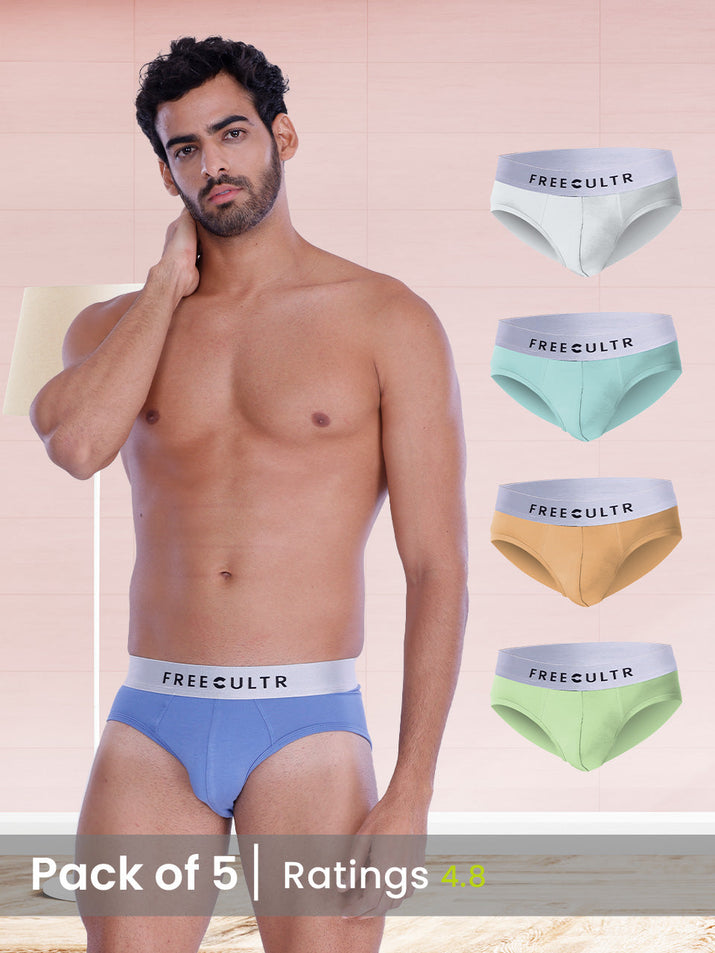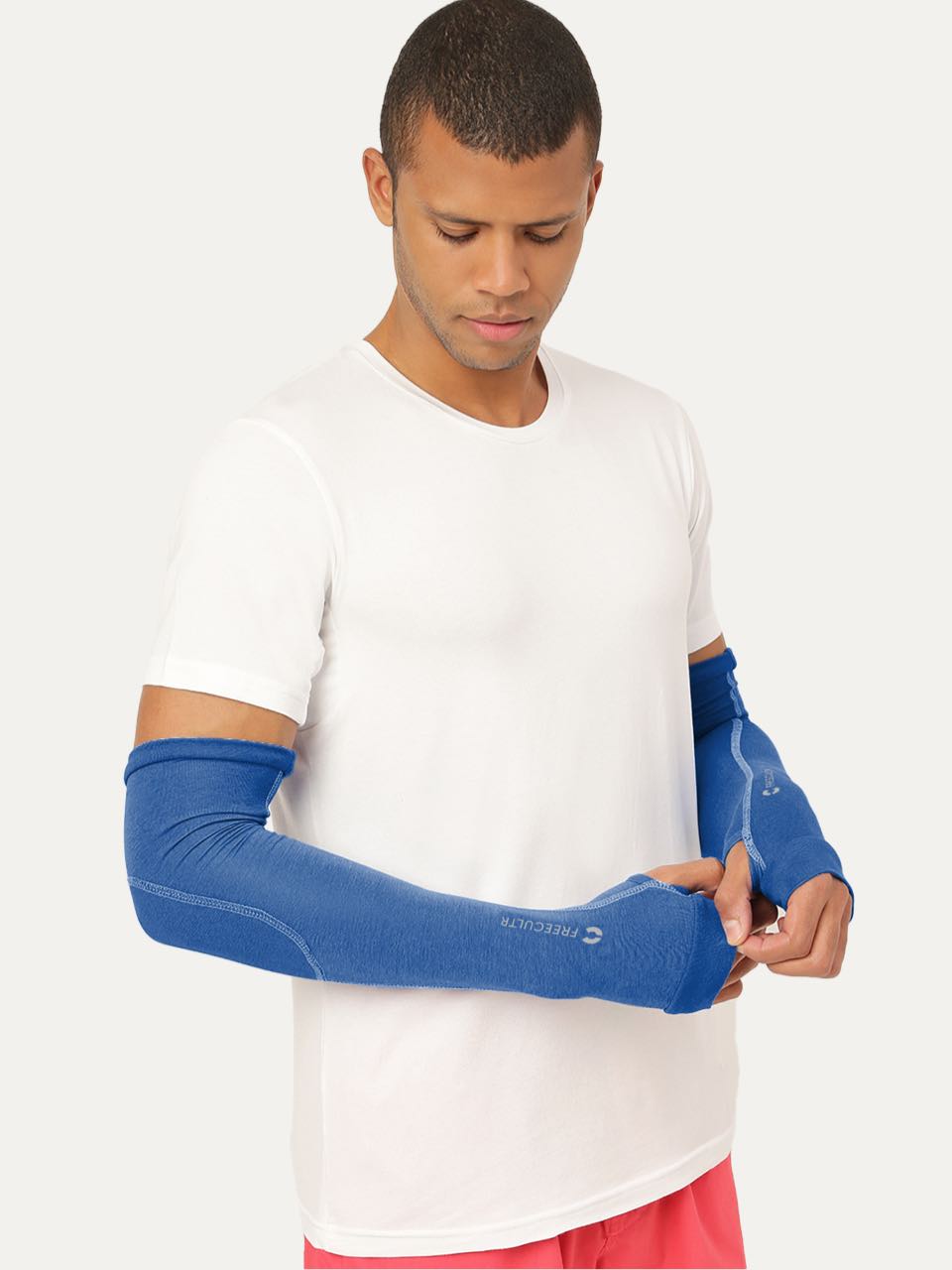Ill-fitting underwear, often dismissed as a minor annoyance, significantly impacts daily comfort, athletic performance. Even skin health, leading to chafing, restriction. Poor circulation. Modern consumers increasingly demand precise garments that move seamlessly with their bodies, yet generic sizing frequently fails to accommodate diverse anatomies or the unique stretch properties of advanced fabrics like bamboo rayon or technical blends. Leveraging a comprehensive underwear size chart transcends basic waist measurements, incorporating crucial considerations for rise, leg opening. Hip circumference, ensuring a truly tailored fit. This precision minimizes fabric bunching, maximizes support. Ultimately enhances overall well-being, reflecting a contemporary shift towards physiologically optimized apparel choices.

Why Getting Your Underwear Size Right Is a Game-Changer
Let's be honest, we often throw on our underwear without a second thought. But have you ever stopped to consider how much a perfectly fitting pair can impact your day? We're talking about ultimate comfort, boosted confidence. Even better health. That's right, ill-fitting undies can lead to chafing, discomfort. Even skin irritation, making your day feel a lot longer than it needs to be. On the flip side, finding that "just right" fit can make you forget you're even wearing them – and isn't that the dream? This guide is all about helping you unlock that perfect feeling by understanding the humble yet mighty underwear size chart. It's more crucial than you think!Cracking the Code: How to Measure Yourself for the Perfect Underwear Size Chart Fit
Before you dive into any underwear size chart, you need to know your own numbers. Don't worry, it's super easy and only takes a couple of minutes. All you need is a flexible measuring tape (the kind tailors use) and maybe a mirror to make sure you're getting it right.- For Waist Measurement Find your natural waistline. This is usually the narrowest part of your torso, just above your belly button. Wrap the measuring tape snugly around this area. Don't pull it so tight that it digs into your skin. Make sure the tape is level all the way around. This measurement is key for many men's underwear size charts.
- For Hip Measurement This is crucial for women's underwear size charts and some men's styles too. Stand with your feet together and measure around the fullest part of your hips and rear. Again, keep the tape level and snug. Not constricting.
Navigating the Men's Underwear Size Chart
Men's underwear sizing typically revolves around your waist measurement. While many brands use standard S, M, L, XL classifications, these often correspond to specific waist ranges. It's a common mistake to just grab your usual t-shirt size. Underwear fit is much more about your lower body measurements.| Size (US Standard) | Waist Measurement (Inches) | Waist Measurement (CM) |
|---|---|---|
| Small (S) | 28-30 | 71-76 |
| Medium (M) | 32-34 | 81-86 |
| Large (L) | 36-38 | 91-97 |
| Extra Large (XL) | 40-42 | 102-107 |
| Double Extra Large (XXL) | 44-46 | 112-117 |
Demystifying the Women's Underwear Size Chart
For women, underwear sizing often takes into account both waist and hip measurements, though hip measurements tend to be the primary indicator for briefs, bikinis. Hipsters. Panties are typically sized similarly to clothing (XS, S, M, L, etc.). Just like with men's, these correspond to specific body measurements.| Size (US Standard) | Waist Measurement (Inches) | Hip Measurement (Inches) | Waist Measurement (CM) | Hip Measurement (CM) |
|---|---|---|---|---|
| Extra Small (XS) | 24-25 | 34-35 | 61-64 | 86-89 |
| Small (S) | 26-27 | 36-37 | 66-69 | 91-94 |
| Medium (M) | 28-29 | 38-39 | 71-74 | 97-99 |
| Large (L) | 30-32 | 40-42 | 76-81 | 102-107 |
| Extra Large (XL) | 33-35 | 43-45 | 84-89 | 109-114 |
Beyond the Numbers: Other Factors Influencing Your Perfect Fit
While an underwear size chart is your best friend, it's not the only factor in achieving peak comfort.- Fabric Matters The material significantly impacts fit and feel. Cotton is breathable and comfortable, often having a bit less stretch. Synthetics like nylon or spandex blends offer more stretch and moisture-wicking properties, which can make a slightly "off" size feel more forgiving. My sister swears by seamless modal blends for her yoga sessions – they move with her body perfectly, unlike some of her older cotton pairs that felt restrictive.
- Style and Cut Different styles fit differently even within the same size. A thong will obviously feel different from a full-coverage brief. A boxer brief will fit differently than a loose boxer. Consider the rise (where it sits on your waist) and the leg opening. Some styles, like high-waisted briefs, might feel tighter around the waist even if the hip measurement is correct, simply due to the design.
- Brand Variations This is a big one! Just like jeans, underwear brands can have their own unique interpretations of what an "M" or "L" means. A "medium" from one brand might be a "small" or "large" from another. This is why consulting the specific brand's underwear size chart every single time is non-negotiable for the best results. Don't assume your size across brands!
- Personal Preference Some people prefer a snugger fit for support, while others like a looser, more relaxed feel. Your comfort is paramount! If you generally prefer things a bit looser. You're on the cusp of an underwear size chart, consider sizing up.
Troubleshooting Common Underwear Fit Issues
Even with the right measurements and an accurate underwear size chart, you might occasionally run into fit problems. Here’s how to diagnose them:- Riding Up or Bunching: This is a classic sign your underwear is too big or the wrong style for your body shape. If it's too loose, there's excess fabric that bunches. If it's the wrong style, it might not be accommodating your curves or movement. Try a smaller size or a different cut (e. G. , a bikini cut instead of a brief, or a boxer brief with a slightly shorter leg).
- Digging In or Leaving Marks: Ouch! This means your underwear is definitely too small. Whether it's the waist band, leg openings, or the fabric across your hips, any red marks or indentations indicate constriction. Time to size up according to the underwear size chart. Remember, underwear should feel like a gentle hug, not a vice grip.
- Chafing or Irritation: While fabric can play a role here, often chafing occurs when underwear is either too tight (rubbing directly against skin) or too loose (allowing skin to rub against skin without protection). Re-evaluate your size using the underwear size chart and consider a fabric with more stretch or a smoother finish.
- Lack of Support (especially for men's styles): If things feel too "free-floating," your underwear is likely too large, or the pouch isn't designed for adequate support. A snugger fit, possibly a size down, or a different style like a brief or a supportive boxer brief, might be the answer.
Actionable Takeaways: Shopping Smart for Underwear
Here's your cheat sheet for ensuring a perfect fit every time:- Measure Regularly Our bodies change! A quick re-measure every 6-12 months can ensure your numbers are up-to-date for any underwear size chart.
- Always Consult the Brand's Underwear Size Chart I can't stress this enough. Every brand is different. Find their specific chart on their website. It's usually linked on the product page or in a general "Size Guide" section.
- Read Reviews Customer reviews often contain valuable insights about sizing – whether a brand runs small, large, or true to size.
- Consider Material If you prefer cotton, know it might have less give than a stretchier synthetic blend, potentially impacting how a size feels.
- Don't Be Afraid to Experiment Sometimes, finding your true "perfect fit" might involve trying a few different sizes or styles. Given that underwear is usually non-returnable for hygiene reasons, start with just one or two pairs if you're trying a new brand or style before committing to a multi-pack.
Conclusion
Finding your perfect underwear fit is a game-changer, not just for comfort but for your entire day. I vividly recall years of subtle discomfort from ill-fitting briefs, believing it was normal, until I finally took the time to measure correctly. This simple act transformed my daily comfort, reminding me that investing in your foundation truly pays off. Remember, sizes aren't static; our bodies evolve. With the current trend towards seamless designs and advanced performance fabrics, even a slight size mismatch can compromise their intended benefits, like smooth lines under activewear or optimal breathability. My personal tip? Don't just rely on guesswork or old habits; actively re-measure every six months, especially after significant lifestyle changes. Embrace this small but significant step towards enhanced well-being. Ultimately, a perfectly fitted pair offers unparalleled confidence, allowing you to move through life unrestricted and truly comfortable.More Articles
Brief – Unrestricted Movement & Everyday SupportMen's Inner Wear – Superior Softness & Seamless Fit
Men's Trunks – Freedom of Movement & All-Day Freshness
Tank Top – Breathable Design & Layering Essential
Women's Tank Top – Lightweight Feel & Flexible Fit
FAQs
Why bother using an underwear size chart?
Using a size chart is crucial for finding underwear that truly fits well. It helps you avoid common issues like pinching, bunching, or sagging, leading to significantly better comfort throughout your day and ensuring your clothes lay smoothly.
How do I accurately measure myself for the best underwear fit?
You'll typically need a soft tape measure. For bottoms, measure around your natural waist (the narrowest part) and your hips (the fullest part). For bras, measure your band size (around your rib cage, just under your bust) and your bust size (around the fullest part of your bust). Always ensure the tape is snug but not uncomfortably tight.
What should I do if my measurements fall between two sizes on the chart?
If you find yourself stuck between sizes, it's generally recommended to go with the larger size, especially for underwear bottoms. Underwear that's slightly too big is almost always more comfortable than a pair that's too small and digs in.
Is underwear sizing consistent across different brands?
Unfortunately, no. Sizing can vary quite a bit from one brand to another due to their unique manufacturing standards and target fits. That's why it's always a good idea to check the specific size chart provided by the brand you're buying from, even if you know your general size.
How can I tell if my underwear actually fits perfectly once I try it on?
A perfect fit means no pinching, digging, or uncomfortable tightness anywhere. The fabric should lie smoothly against your skin without bunching or gaping. For briefs, the waistband shouldn't roll down. The leg openings shouldn't cut into your thighs. For bras, the band should be level all around. The cups should fully contain your bust without spillage or gaps.
Why is getting the right underwear size so vital for both comfort and overall well-being?
A perfect fit isn't just about comfort; it also impacts your health. Ill-fitting underwear can cause skin irritation, chafing, poor circulation. Even affect how your clothes drape. Correct sizing ensures proper breathability, support. Prevents any discomfort or potential health issues.
Do I need any special tools to take my measurements for a size guide?
Not really any special tools! A flexible tape measure is usually all you need. If you don't have one, you can use a piece of string or ribbon and then measure that against a standard ruler or even a yardstick. Just make sure whatever you use is soft enough to wrap around your body accurately.






